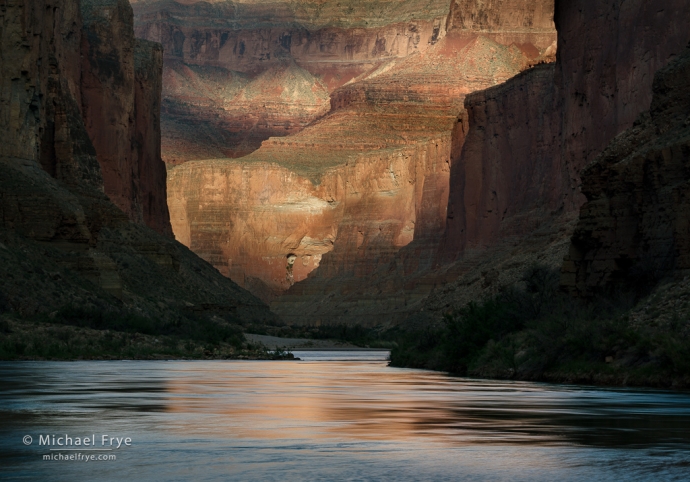
Dappled light above the Colorado River, Grand Canyon NP, Arizona. I used a neutral-density filter (probably seven stops) to slow the shutter speed to three seconds and smooth the water, and had to wait for moments when the wind was calm at the camera position, lest the wind vibrate the camera and blur the photo during the long exposure.
I left the Grand Canyon just a week ago. Once again I co-led a ten-day raft trip down the canyon with my friend Jerry Dodrill for Visionary Wild. And once again it was an amazing trip.
This journey is hard to describe if you haven’t experienced it. It’s more than just a photography trip – although the photography is fantastic. It’s a true wilderness adventure, immersed in the depths of this magnificent canyon for ten days, sleeping under the stars, living by the rhythm of the sun, moon, and river, sharing the experience with a small group of like-minded people. It’s unforgettable.
Since my last raft trip down the canyon was just two years ago, I felt I knew the canyon a bit better, and that, perhaps, would allow me to portray some different aspects of the canyon experience in my photographs.
Maybe. Every trip is different, and you never know what weather you’ll get, or what campsites you’ll end up at. (You can’t reserve sites, so if a spot is occupied by other rafters you move down the river to another one.) On this trip, five of our nine campsites were new to me, which was great, as I got to see some new perspectives on the canyon.
And as it turned out, we had some interesting weather. Maybe a little too interesting at times, as it rained twice (briefly), and a big gust of wind sent our guides’ cooking tables cartwheeling through camp one evening. Just part of the adventure!
The weather also created some beautiful dappled light on a few occasions. That’s one of my favorite kinds of light, especially in the Grand Canyon.
It’s hard to think of a more dramatic landscape than the Grand Canyon. But it’s difficult to portray that drama in photographs. A big part of what makes the canyon feel so impressive in person is its sheer immensity, and that size is almost impossible to convey in photographs.
However, I could try to suggest the feeling of this canyon in other ways. That’s hard to plan, but I’m always alert for moments when the light, weather, and location might lend themselves to conveying a mood. And dappled light, in the right situation, can be quite dramatic.
One of my favorite photos from the trip is the one at the top of this post, made while looking downriver from one of our campsites early in the morning. Broken clouds created wonderful dappled light, with beautiful patterns of light and dark, and we had moments when the wind ruffled the surface of the water just enough to form alternating patterns of blue and gold.
This photograph shows only a tiny slice of the canyon’s immensity, but I hope it’s a representative slice, one that conveys a little bit of what it feels like to journey down the river, where each bend brings new vistas of tiered cliffs soaring upward toward the canyon rim.
While the Grand Canyon is big, and dramatic, to me that’s only part of the story. At river level the view is often more intimate. You can see flowers, and shimmering reflections. You can walk up one of the many side canyons, away from the roar of the rapids, and find yourself in quiet, peaceful surroundings, where your eyes can take in small, beautiful scenes of sculptured rocks, trickling water, and hanging gardens of moss and ferns.
So the canyon can have many moods – dramatic at times, but also serene, delicate, beautiful, and wondrous. I tried to capture all those moods when the location and conditions seemed to suggest it.
I hope this collection of photographs conveys a little bit of that variety. Better yet, I hope these images inspire you to raft down the Grand Canyon. It looks like I’ll be making this trip again with Jerry and Visionary Wild in 2026, but this isn’t meant as a promotion – just encouragement to get down there and experience the canyon from river level. What’s the best way to raft the Grand Canyon? Any way you can.
— Michael Frye
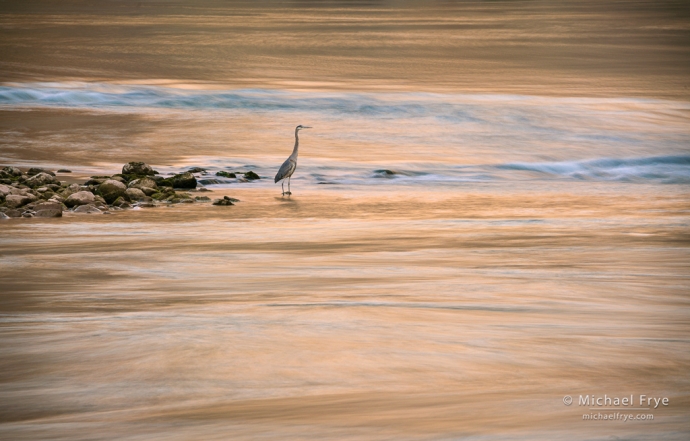
Great blue heron and reflections, Grand Canyon NP, Arizona. You might be able to see this bird in the center of the previous photo. When I noticed the heron I switched to my 100-400mm zoom, and used a neutral-density filter (probably seven stops?) to slow the shutter speed to three seconds, as I wanted the bird to be sharp but the water blurred around it. I made four exposures before the heron flew off, and luckily it held still long enough in a couple of them.
Related Posts: Views From the Canyon; On the Side
Michael Frye is a professional photographer specializing in landscapes and nature. He lives near Yosemite National Park in California, but travels extensively to photograph natural landscapes in the American West and throughout the world.
Michael uses light, weather, and design to make photographs that capture the mood of the landscape, and convey the beauty, power, and mystery of nature. His work has received numerous awards, and appeared in publications around the world. He’s the author and/or principal photographer of several books, including Digital Landscape Photography: In the Footsteps of Ansel Adams and the Great Masters, and The Photographer’s Guide to Yosemite.
Michael loves to share his knowledge of photography through articles, books, workshops, online courses, and his blog. He’s taught over 200 workshops focused on landscape photography, night photography, digital image processing, and printing.

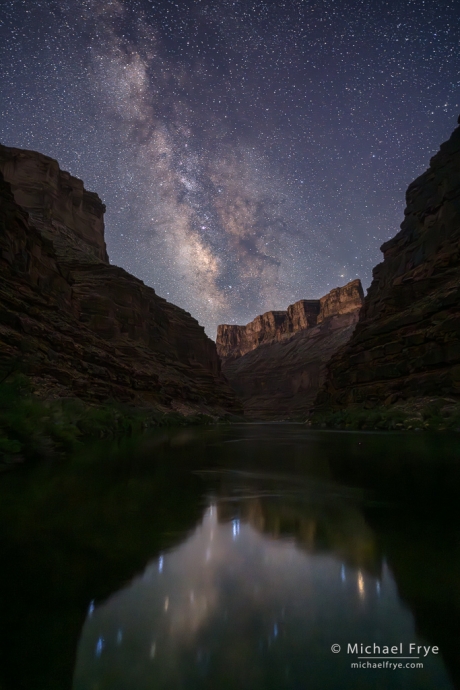
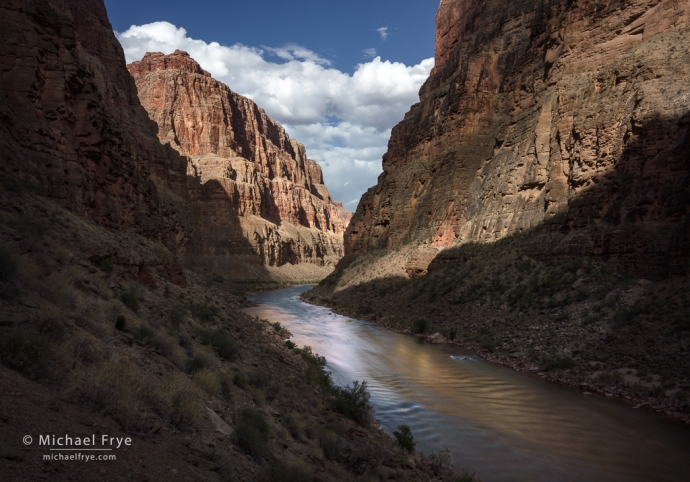
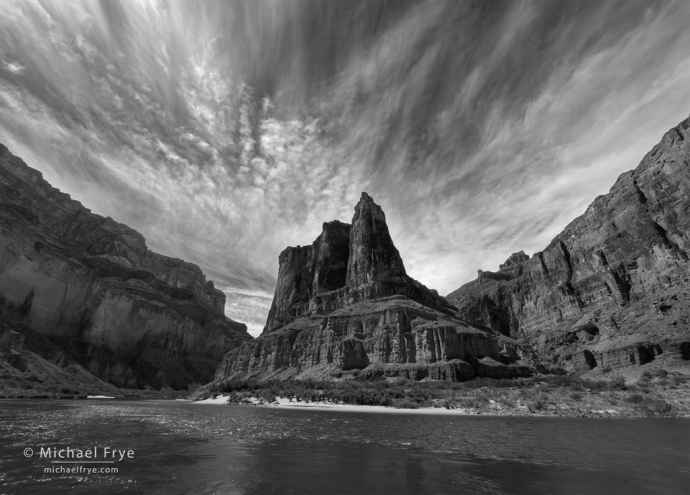
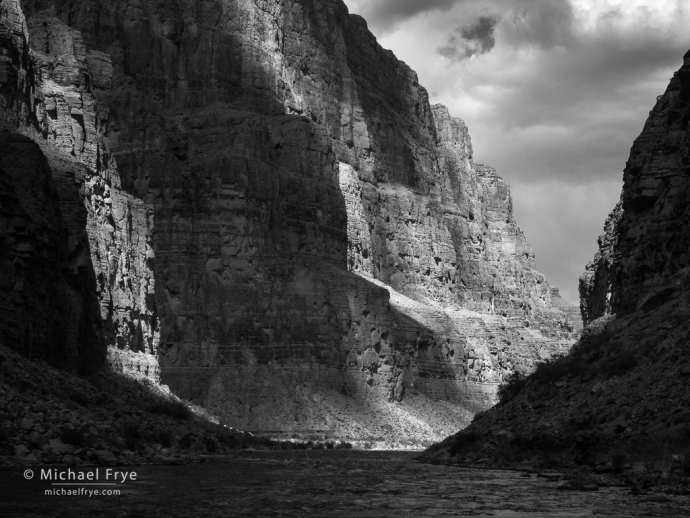
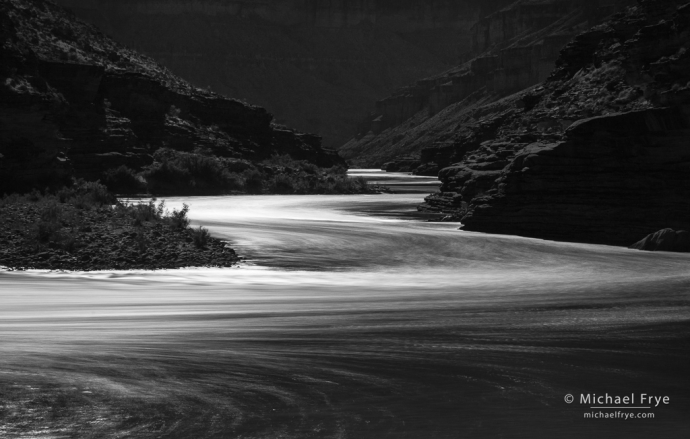
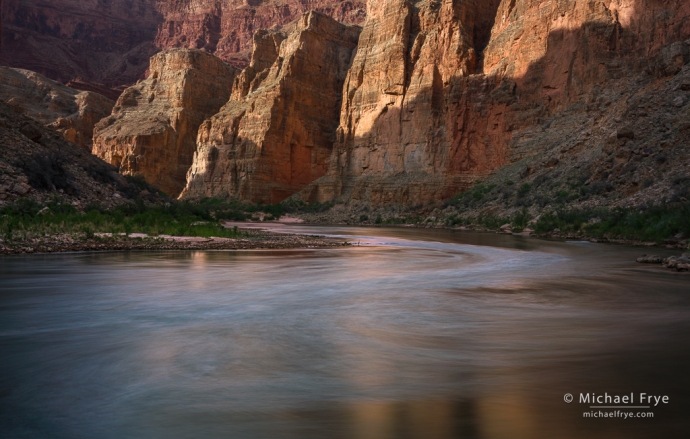
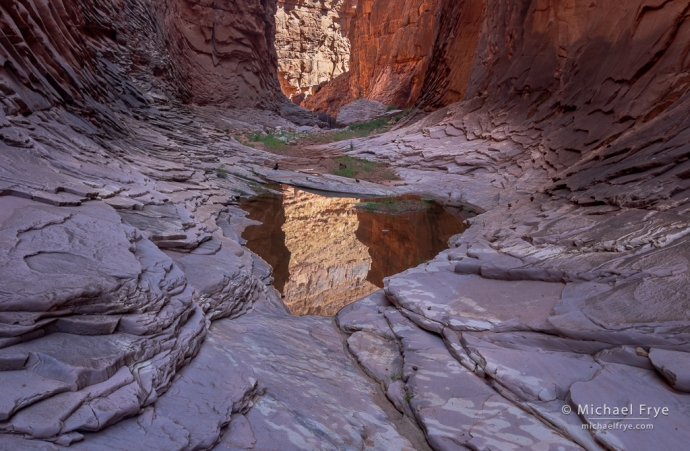
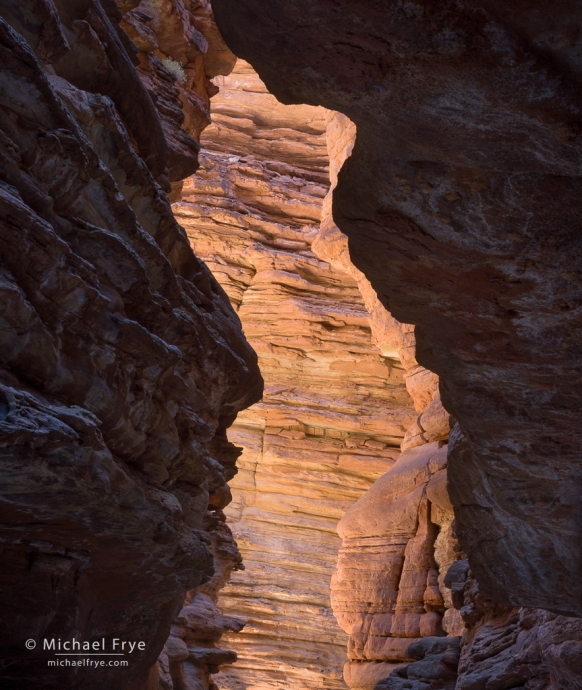
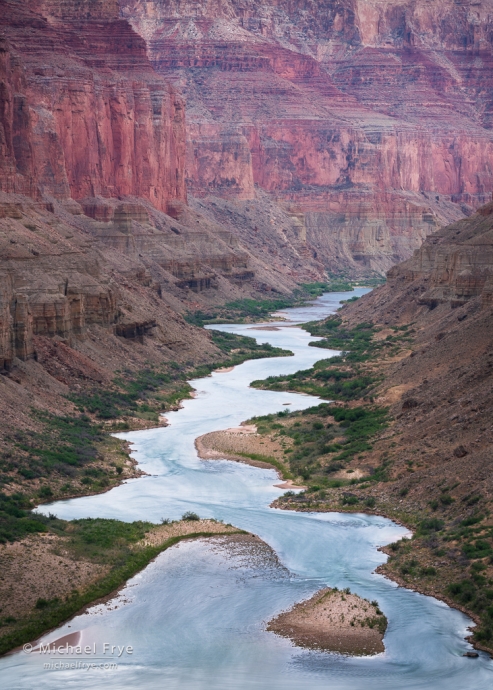
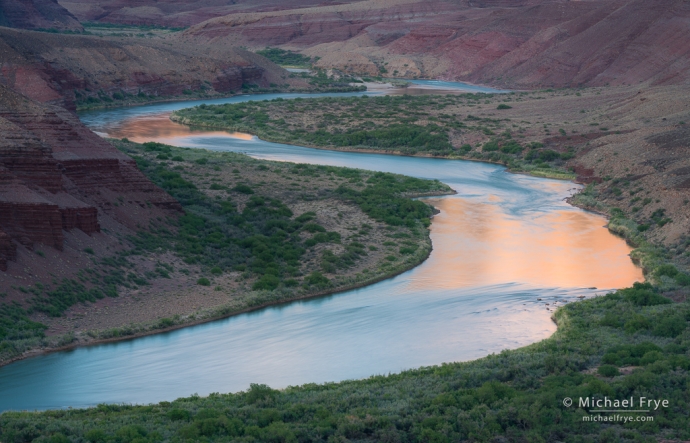
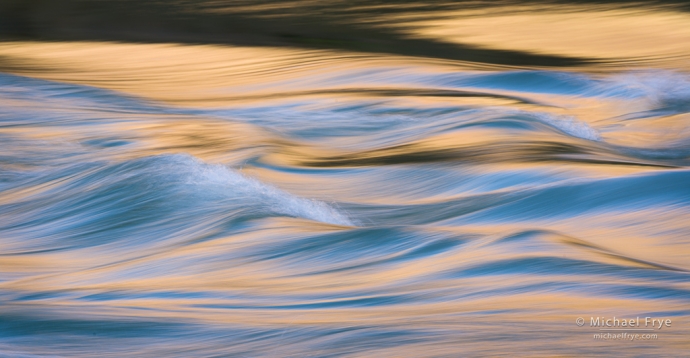
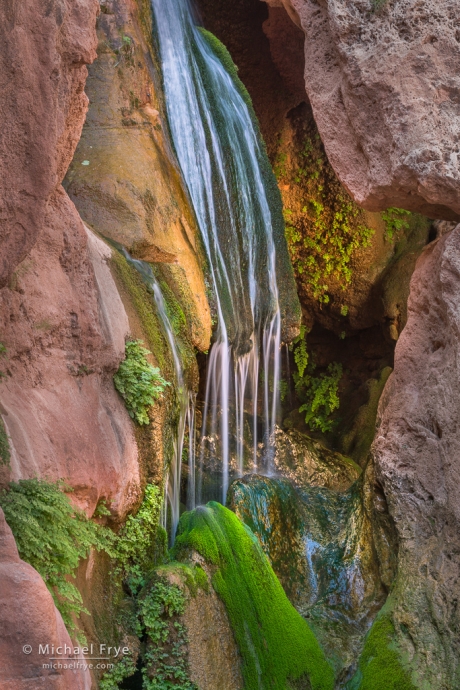
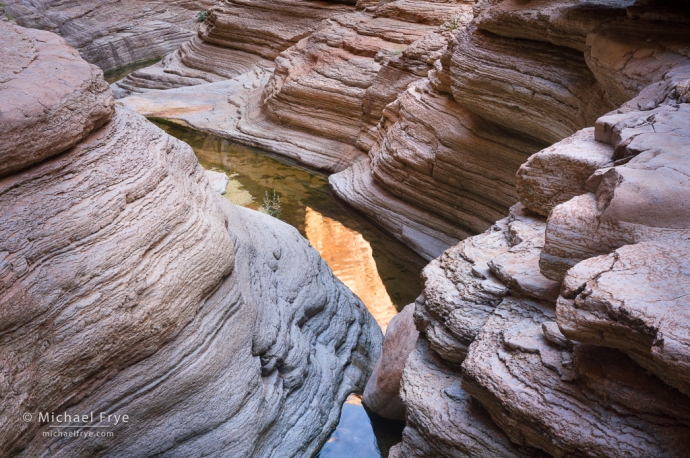








Wow. You may need a separate Top Ten just for this trip.
Thanks so much Mike!
Very nice.
A long time ago I took a rafting trip on the GC. I will never forget it.
Maybe it is time for another.
Thanks Tom. It’s definitely time for another!
Wonderfully evocative images!
Thank you Rob!
Waves & Reflections is excellent Michael!
Thanks Tom!
Excellent story and great pictures, Michael!
Enjoyed these awesome works of art. As always I enjoyed your story as much as the photos. The photo of the heron is one of my favorites. I have been doing bird photography mostly but this photo inspires me to widen my focus from the bird to its entire habitat. Thank you for sharing.
Thanks so much Jorge! Glad you like the heron photo. I tend to treat wildlife images a bit like landscape images; I want to make photographs that are artistic, and maybe even conveys a mood, so light, weather, and the animal’s surrounding are key components.